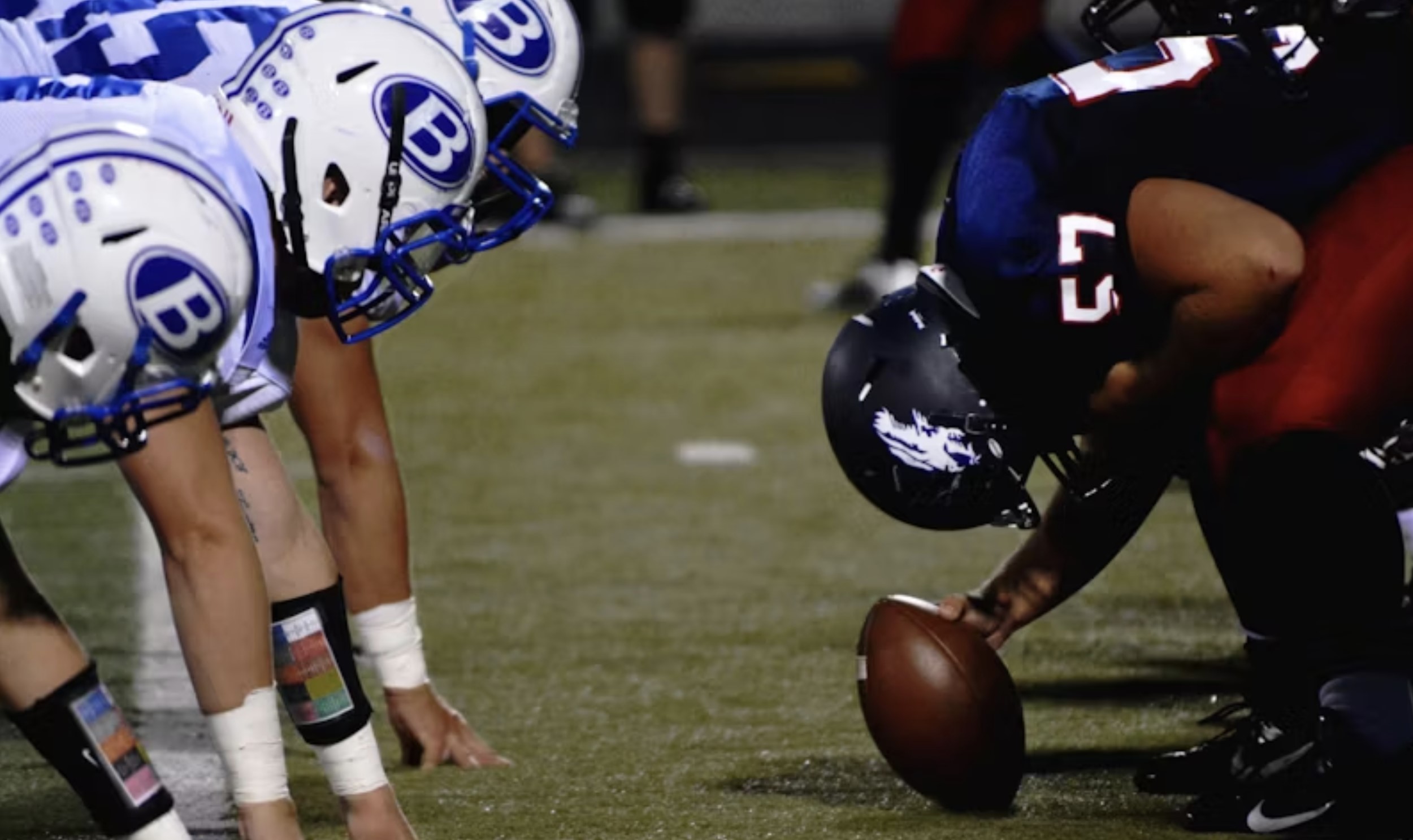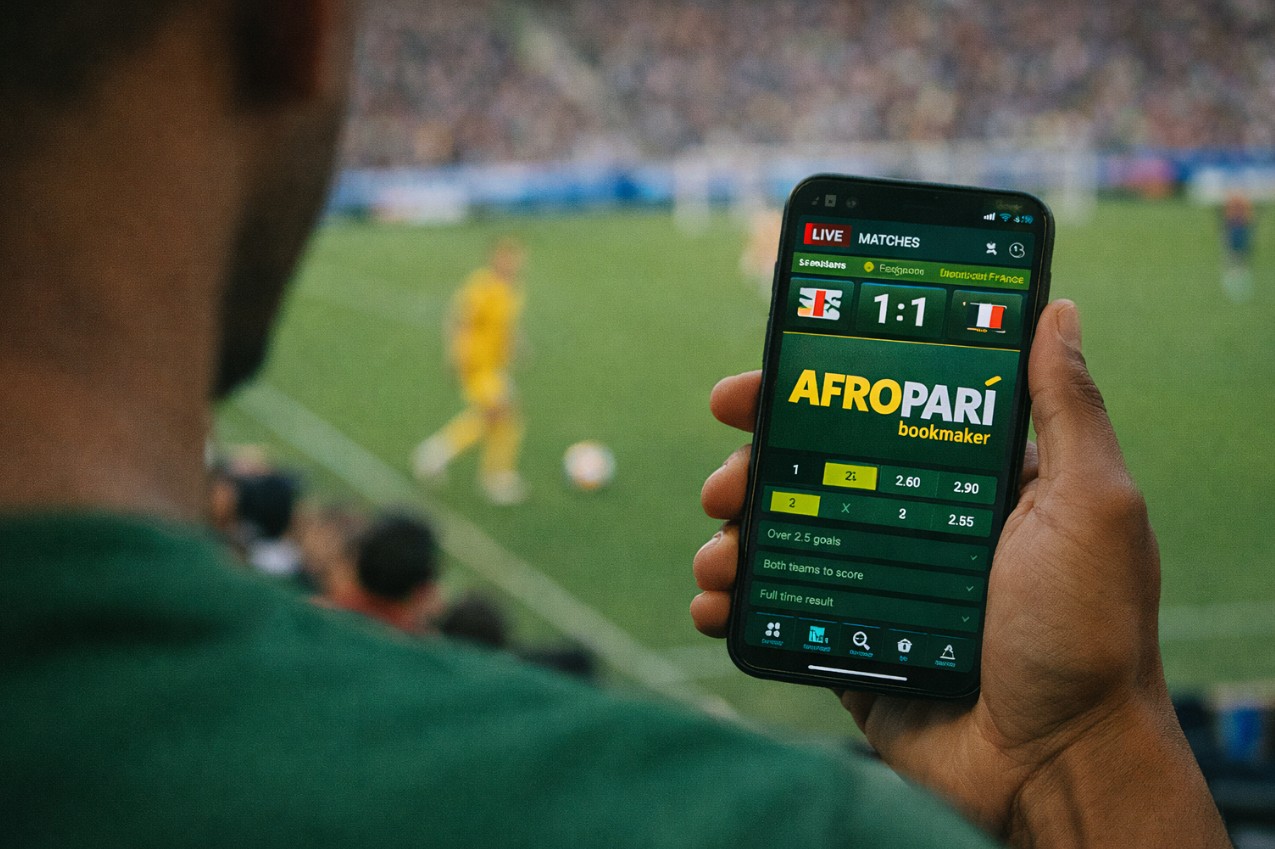How Betting Markets React to Mid-Season Changes in NFL and Football Leagues
As any seasoned bettor knows, the dynamics of bett

As any seasoned bettor knows, the dynamics of betting markets are never static. They constantly shift in response to new data, team performances, and external factors, particularly as the season progresses. In the NFL and global football leagues, mid-season changes such as injuries, tactical overhauls, and form fluctuations can significantly impact how bookmakers and bettors approach each game. Understanding how these shifts happen and adjusting your strategy accordingly is key to making informed bets and staying ahead of market trends.
NFL Betting: Impact of Injuries and Mid-Season Adjustments
In the NFL, mid-season changes often occur because of injuries, especially to key players like quarterbacks or star defenders. When a starting quarterback goes down, it’s not just the team's play that takes a hit—the betting market also reacts almost immediately. Point spreads, over/under totals, and moneyline odds can all shift within hours of a reported injury. This is where sharp bettors find value. When the market overreacts to injuries, knowledgeable bettors can capitalize by betting on teams that are still solid despite missing a key player.
For example, a backup quarterback with a strong offensive line may be undervalued in the market after a star quarterback’s injury. Bettors who stay informed on the depth chart and team dynamics can leverage this information to place smarter bets. Similarly, football leagues like the English Premier League (EPL) see market shifts when star players are sidelined. For instance, Manchester City’s odds might shift dramatically if a player like Erling Haaland is unavailable, creating opportunities for value in betting on alternative outcomes.
If you're looking to stay updated on real-time NFL predictions that factor in these kinds of mid-season changes, resources like sports betting tools can help guide your wagering decisions by offering data-driven predictions based on the latest information.
Tactical Changes and Their Betting Implications
Another significant mid-season factor that affects betting markets is tactical shifts. Whether it's a team deciding to switch to a more aggressive style of play in the NFL or a soccer club overhauling its formation, these strategic decisions can dramatically alter game outcomes. Teams often experiment with new strategies during the middle of the season, especially if they’re underperforming.
For bettors, understanding the significance of these tactical adjustments is crucial. A football club may change from a defensive to a more attacking formation, increasing the likelihood of higher-scoring games. Conversely, a defensive change in the NFL might lower the expected points total, leading to opportunities in betting the under in games where the market hasn’t fully adjusted.
One classic example is the mid-season managerial change. When a new coach takes over, the team's playing style might change overnight, which can catch the betting markets off-guard. This scenario is common in both the NFL and soccer, where a struggling team might bring in fresh coaching talent in an attempt to turn their season around. In soccer leagues, this is particularly evident when relegation-threatened teams change managers in hopes of survival. Bettors who track these managerial changes and their impact on tactics can exploit these market inefficiencies.
Overreactions and Opportunities
Mid-season changes often cause overreactions in the betting markets, where the public might overvalue or undervalue certain factors. Bettors who rely on statistics and a disciplined approach can find opportunities in these market fluctuations. For instance, if a star player returns from injury and the public assumes an immediate impact, odds might shorten too aggressively, providing value in betting against that narrative.
In soccer, this could happen with teams returning from European competitions where fatigue might affect their domestic league performance. However, the betting market may overlook this fatigue factor, allowing sharp bettors to bet against those teams based on expected underperformance.
A study from Harvard's Sports Analytics Lab delves into how external factors like player form, fatigue, and travel impact game outcomes. Understanding these elements helps explain why markets adjust the way they do and provides bettors with a more nuanced approach to mid-season betting.
Conclusion
Whether you're betting on NFL games or global soccer matches, mid-season changes in form, tactics, and injuries can all significantly impact betting markets. By staying informed and keeping a close eye on team dynamics, bettors can find value in market overreactions and make more informed bets. From key player injuries to managerial changes, being aware of these shifts—and how they affect betting odds—is essential for long-term success. Tools like advanced data models and real-time betting predictions can give you the edge you need in these ever-changing markets.







